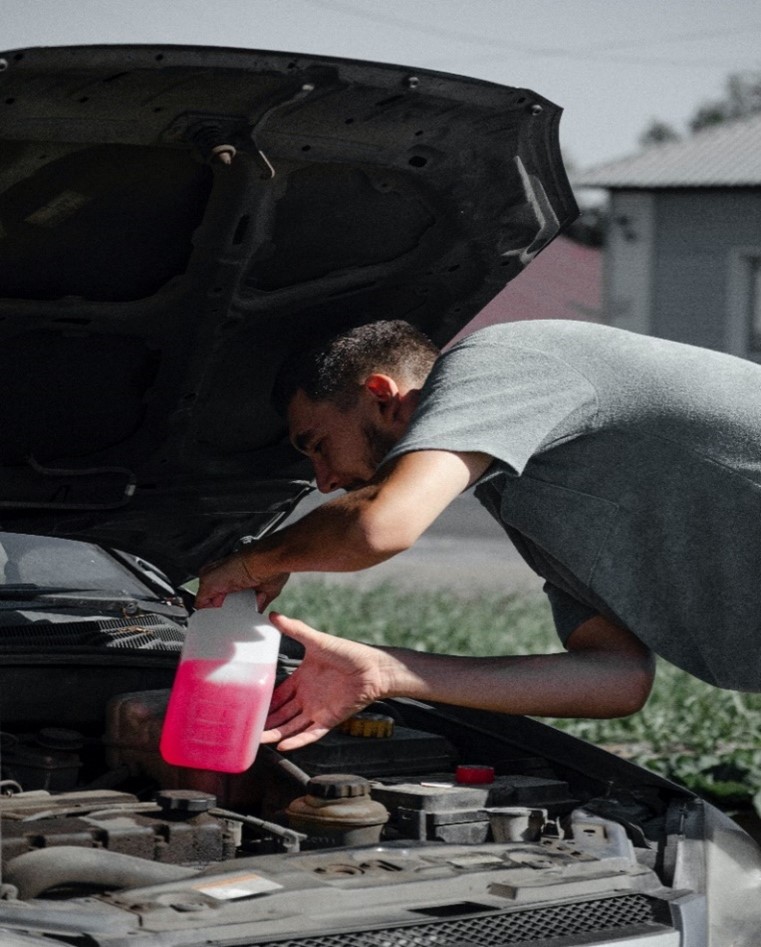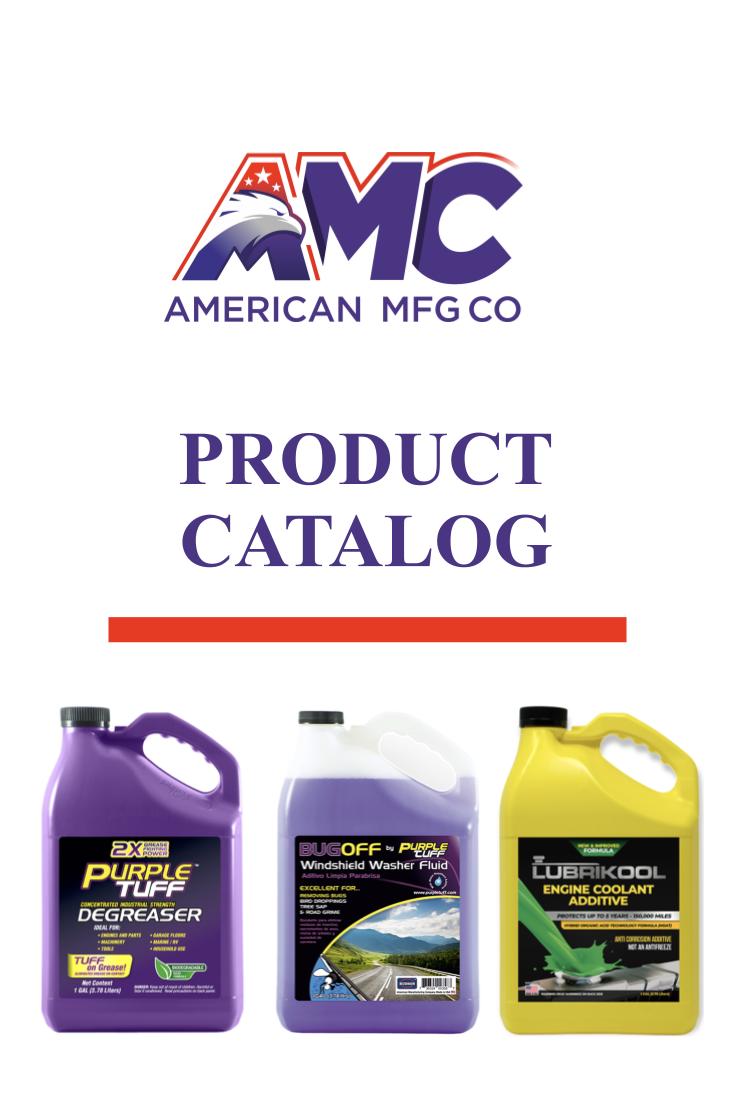Blog
How to Properly Dispose of Engine Antifreeze?

Engine Antifreeze is a liquid that helps regulate fluid temperatures in the engine. It prevents fluids from freezing in cold weather and from boiling at high temperatures. Antifreeze is often associated with coolant, which makes sense since the only key difference between the two is distilled water. Antifreeze becomes engine coolant when mixed with distilled water.
Engine coolant plays a vital role in keeping your car’s engine healthy and improving its performance. You should replace the coolant after a certain period, preferably every 30,000 miles. If you feel that the engine is overheating or notice a coolant leak under the hood, it may be time to replace the old coolant with fresh fluid.
Toxic Elements in Coolant
Coolants contain compounds that help them adapt to extreme weather conditions. While these compounds are safe for your car, they must be handled with extreme caution when it comes to human contact. The two most common toxic compounds found in engine coolant are:
Ethylene Glycol
Your engine may “like” ethylene glycol, but it poses serious health hazards to both people and animals. Extreme care must be taken when handling this chemical, which actually has a sweet taste and smell. It must always be kept far away from children and pets, who can easily mistake it for a favorite drink.
Propylene Glycol
Propylene glycol is slightly less toxic than ethylene glycol, but it is still dangerous enough to cause health issues. Children and pets must not come into contact with this liquid. Even after disposal, you must be cautious and ensure it is poured only in approved facilities where no human contact occurs. Ingested in large amounts, it can have the same harmful effects as ethylene glycol.
Because of these risks, proper protective equipment must always be used before handling engine coolant:
- Safety masks
- Protective gloves
- Safety goggles
This fluid should never be taken lightly, as ingestion can poison the body and damage vital organs such as the lungs, liver, and kidneys. Toxic effects may also lead to birth defects or, in severe cases, death if untreated. To minimize risks, many modern coolants now use safer substitutes.
How to Safely Dispose of Engine Coolant
- Collect in a Proper Container
Use a large enough container to capture the coolant without spilling. Make sure it does not touch your skin. Once collected, seal the container tightly. - Never Pour on the Ground or Drains
Pouring or draining used coolant into the soil, garden, or household drains is unsafe. Its compounds are harmful to the environment, and stray pets or wildlife might ingest it, which could be fatal. - Take It to a Disposal or Service Center
The safest option is to deliver it to a proper waste disposal facility or a certified auto service station. Professionals there are trained to handle it according to safety standards and may even recycle it depending on the type. - If Unsure, Let Professionals Handle It
Taking your car directly to a service station is the safest choice. This way, experts take care of everything, and you avoid the risks of transporting or mishandling toxic fluids.
✅ If you’re looking for a reliable engine coolant or aren’t sure which one suits your car best, American MFG offers high-quality options with complete details and user manuals to help you choose the right product.




